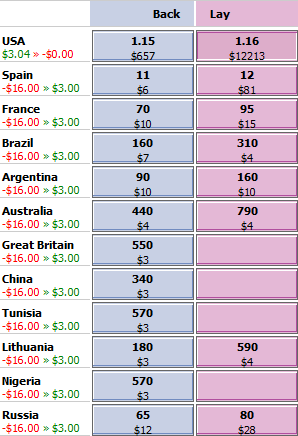Hedging Basics What Is A Hedge_1
Post on: 16 Май, 2015 No Comment

Contents
Hedging is any strategy designed to offset or reduce the risk of price fluctuations for an asset or investment. Hedging should not be confused with hedge funds. which are private investment funds that often, but not always, employ hedging strategies.
When an investor buys or sells a security, the investor bets that the price of the investment will move in a certain direction. As with any bet, there’s always the risk of losing money if the price moves in the opposite direction. An investor hedges against this risk if he employs any tool or strategy that minimizes this risk.
In general, creating a hedge requires the purchase of a second asset with a negative correlation to the first. If the hedged security does not move as predicted, the hedge minimizes loss to the investor.
Common Hedging Techniques
Hedging using Futures
A basic example of a hedge is buying a futures contract for a commodity, such as oil. For a company that uses oil in its production process, an oil futures contract locks in a price until a given date, protecting the company from the risk that the price will rise even higher by that time. In this case, the company is said to be hedging against rising oil prices. The flip side of this is that if prices don’t rise, but fall, the company will still have to buy the oil at the agreed-upon price.
Hedging is not about making a profit, but about removing uncertainty. Hedging merely aims at reducing unfavorable and unexpected risks.
Various other, more complicated futures hedging strategies exist, as well.
Hedging using Options
A married put is a simple example of a hedge that uses options. In a married put, the investor buys shares in a company and correspondingly buys a put option whose strike price is lower than current market price. Should the share prices go up, the put option is worthless and expires. However, should the share price go down, the put option is exercised and the investor has recovered some of his loss.
A complicated hedging technique using optiions is delta-neutral hedging. In this strategy, a portfolio of stocks is hedged in such a way that movements in the stock prices do not affect overall portfolio value. However, increases in volatility leads to an increase in portfolio value. One example of this is the CBOE Volatility Index, VIX.
Options are quickly becoming the hedging instrument of choice for investors all over the world, particularly in hedging stock portfolios. This popularity is due to the versatility of returns offered by option strategies, ranging from synthetic closings, complete downside protection, complete delta-neutral hedging and multi-directional profiting.
Is Hedging Profitable?
Hedging is profitable when used sparingly and effectively.
Hedging is used to reduce risk. But with reduced risk comes reduced returns. Hedging is usually expensive, and extensive hedging will not be cost-effective. Should an investor hedge extensively, he may find himself spending all of his investment profits and possibly more towards hedging.
Thus, most retail investors do not hedge, A few investors hedge if they know that their investment values depend on a certain event, such as an earnings report. Should the earnings report be negative, the hedge minimizes losses. Other than that, hedging and counter-risk measures are primarily used by corporations and institutional investors.














